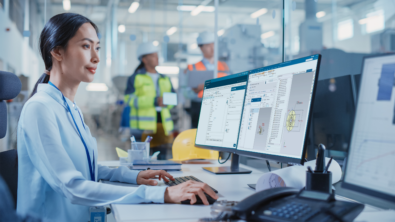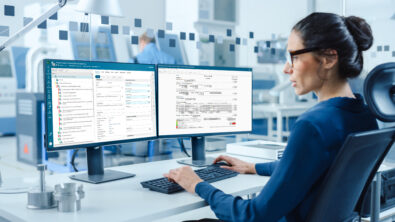ALM-PLM interoperability … a must for today’s products

How well your ALM-PLM environment is integrate will be a primary factor in determining your ability to deliver innovative products and achieve long term company success.
Today, products developed across all industries are experiencing rapid changes in product functionality and development processes, and most of those changes are driven by the increasing growth of software-driven electronics. Therefore, the ability to integrate ALM-PLM Interoperability tools, data and process brings tremendous opportunities as well as challenges.
 The big issue is how to ensure quality, accountability, and compatibility in software related products. For example, there’s been an exponential growth of software and electronics in automotive. Ten years ago, the percentage of embedded hardware/software content in automotive was less than 20%. Today, more than 90% of innovation in automotive is in the area of embedded systems. However, in the past five years the percentage of software-related recalls has also increased from 5% to 15%. This is forcing many OEMs and suppliers to rethink their ALM-PLM integration strategy and product development processes.
The big issue is how to ensure quality, accountability, and compatibility in software related products. For example, there’s been an exponential growth of software and electronics in automotive. Ten years ago, the percentage of embedded hardware/software content in automotive was less than 20%. Today, more than 90% of innovation in automotive is in the area of embedded systems. However, in the past five years the percentage of software-related recalls has also increased from 5% to 15%. This is forcing many OEMs and suppliers to rethink their ALM-PLM integration strategy and product development processes.
The only way to keep pace with product innovation is by leveraging a digital twin of the product that accounts for both the software and physical systems together. This enables you to simulate and validate systems interaction accurately throughout the product lifecycle.
View this short video to understand the value of real ALM-PLM interoperability. Take a look at Teamcenter and Polarion ALM to learn how they provide a comprehensive solution for managing the software development lifecycle as part of a seamlessly integrated solution. While specifically focused on the automotive industry the concepts in this video are the same across all industries.

Taking advantage of true ALM-PLM interoperability brings a new level of agility to automotive, as well as other industries product development. It brings the software development process together with the overall product lifecycle, ensuring improved quality, software robustness and traceability. This is essential for all companies to thrive in the face of the emerging disruptions and fast changing technologies.


